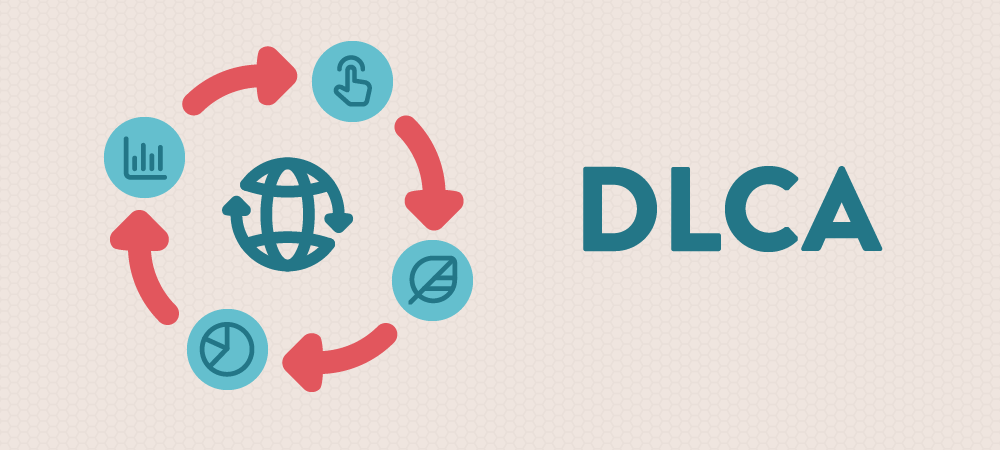As the digital age progresses, data centers have become the backbone of modern infrastructure, powering everything from cloud computing to AI applications. However, their energy consumption and environmental footprint have raised concerns, prompting a paradigm shift towards sustainable practices. Digital Life Cycle Assessment (LCA) in Green Software Design emerges as a pivotal tool to measure, manage, and mitigate the environmental impact of software operating within data centers.
What is Digital LCA?
Digital Life Cycle Assessment (LCA) is a systematic approach to evaluating the environmental impact of a digital product or service throughout its lifecycle. From development and deployment to maintenance and decommissioning, digital LCA analyzes energy usage, carbon emissions, and resource consumption to quantify its ecological footprint.
In the context of data centers, digital LCA focuses on assessing the energy consumption across hardware and software layers. Additionally, other factors such as carbon emissions from electricity use and cooling systems, resource utilization in hardware production and software operations, and e-waste management all contribute to digital LCA metrics.
Role of Green Software Design in Data Centers
Green Software Design refers to the principles and practices aimed at minimizing the energy consumption and carbon footprint of software. In data centers, where efficiency is paramount, incorporating Green Software Design can lead to significant environmental and financial benefits.
Key strategies in Green Software Design include:
- Energy-efficient algorithms: Optimizing code to reduce computational overhead.
- Load balancing: Ensuring that resources are utilized optimally.
- Dynamic scaling: Adapting resource usage to real-time demand.
- Idle state management: Minimizing energy use when systems are inactive.
- Carbon-aware computing: Scheduling compute-intensive tasks during periods of low-carbon electricity availability.
Integrating Digital LCA with Green Software Design
The integration of digital Life Cycle Assessment (LCA) with Green Software Design creates a comprehensive framework for assessing and minimizing the environmental impact of data centers. Digital LCA tools play a crucial role in analyzing the energy consumption and carbon intensity of software workloads, providing actionable insights for developers to pinpoint areas where optimization can have the greatest impact. These analyses are not static; they feed into continuous monitoring systems that inform ongoing improvements in software design. Metrics like Power Usage Effectiveness (PUE) and Software Carbon Intensity (SCI) serve as benchmarks, enabling teams to track progress and refine their strategies over time.
This approach extends beyond mere technical adjustments by embedding sustainability into the software development lifecycle. The adoption of modular code structures and cloud-native architectures, for instance, ensures that resource efficiency is prioritized at every stage. Collaboration is another essential element in this ecosystem. Developers, data center operators, and sustainability teams work in unison to align their objectives, leveraging shared metrics and transparent reporting systems to build accountability and foster innovation. Together, these elements create a synergistic approach to reducing the environmental footprint of data center operations.
Tools and Technologies
A variety of tools and frameworks are available to support the implementation of digital Life Cycle Assessment (LCA) and Green Software Design in data centers, offering solutions tailored to different aspects of sustainability. Carbon-aware software development kits, such as the Green Software Foundation’s Carbon Aware SDK, allow software to adapt dynamically to real-time carbon intensity data, optimizing operations for minimal environmental impact. Platforms like SimaPro and OpenLCA provide robust modeling capabilities to analyze the environmental footprint of digital products across their lifecycle, enabling more informed decision-making.
Cloud providers have also introduced sustainability-focused tools to enhance visibility and accountability. Services from AWS, Azure, and Google Cloud include sustainability dashboards that track and report carbon footprints, making it easier for organizations to monitor their progress toward green objectives. Energy profiling tools, such as Intel’s Power Gadget and Perf, delve deeper into energy consumption metrics, offering detailed insights into how software utilizes resources. Together, these technologies empower developers and organizations to create more efficient, environmentally conscious systems.
Benefits of Digital LCA and Green Software Design
Integrating digital Life Cycle Assessment (LCA) with Green Software Design unlocks significant advantages for organizations, both environmentally and economically. Energy-efficient software reduces power and cooling requirements, leading to substantial cost savings over time. This alignment with environmental regulations and sustainability standards also ensures enhanced compliance, helping organizations navigate the increasingly stringent expectations of regulatory bodies.
Moreover, a strong commitment to sustainability fosters trust among stakeholders, resonating positively with customers, investors, and partners. The benefits of this integration are not static but grow with scale. As software systems expand, the optimized designs implemented through these practices yield exponential energy savings, amplifying their impact across the organization and its operations. Together, these outcomes demonstrate the powerful synergy of digital LCA and Green Software Design in achieving sustainability goals.
While the advantages of digital Life Cycle Assessment (LCA) and Green Software Design are clear, their implementation is not without obstacles. One significant challenge lies in the availability of data; performing accurate LCA analyses depends on access to detailed energy and emissions data, which can often be fragmented or difficult to obtain. Additionally, balancing the competing priorities of performance, cost, and sustainability introduces complexity into software development, requiring teams to navigate trade-offs and prioritize goals effectively.
Another barrier to broader adoption is the lack of standardized methods for measuring software sustainability, which complicates efforts to compare outcomes across different systems and organizations. However, advancements in technology offer promising solutions to these challenges. Artificial intelligence holds potential for automating complex LCA analyses, making the process more efficient and accessible. Similarly, blockchain technology can enhance transparency in sustainability reporting, ensuring data integrity and fostering trust. Together, these innovations point to a future where digital LCA and Green Software Design become more streamlined and impactful.
Digital LCA and Green Software Design represent a convergence of technology and sustainability, addressing the environmental impact of data centers. By adopting these practices, organizations can lead the charge towards a greener digital future while reaping the economic and social benefits of sustainable innovation.
